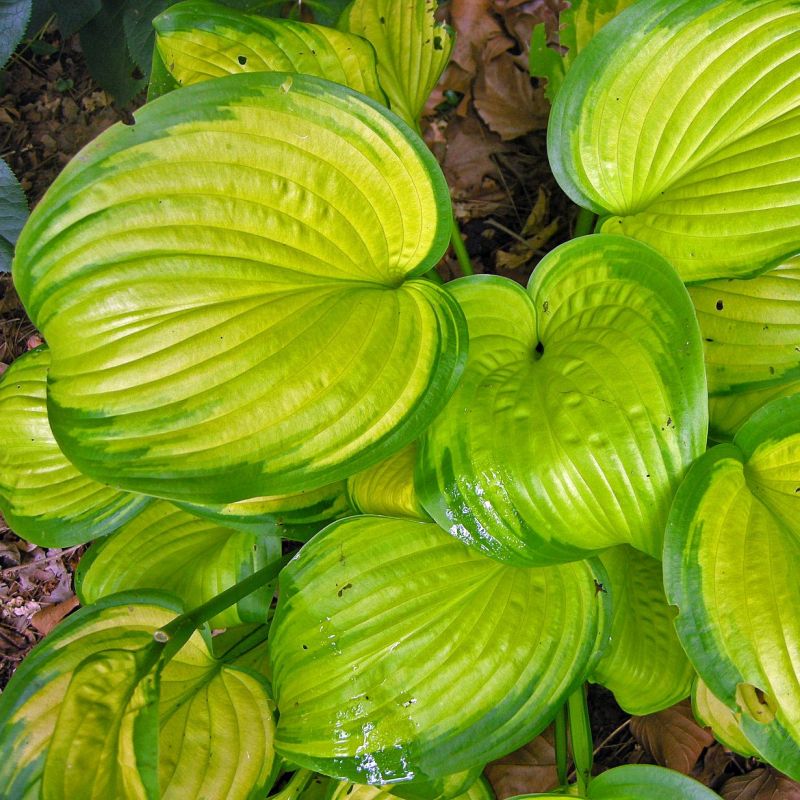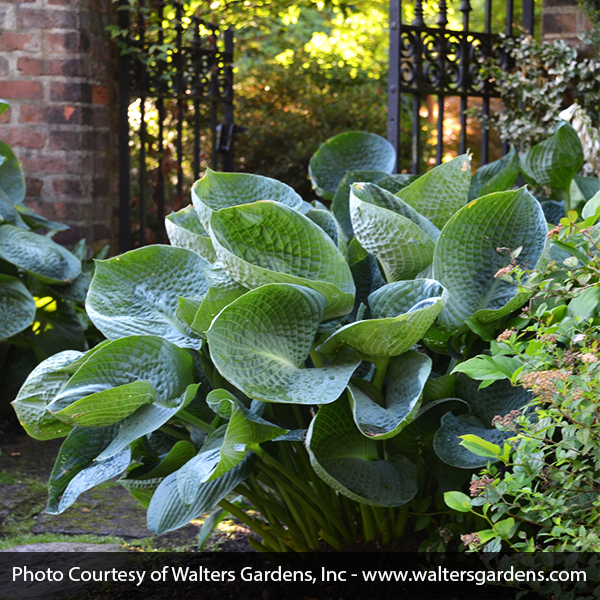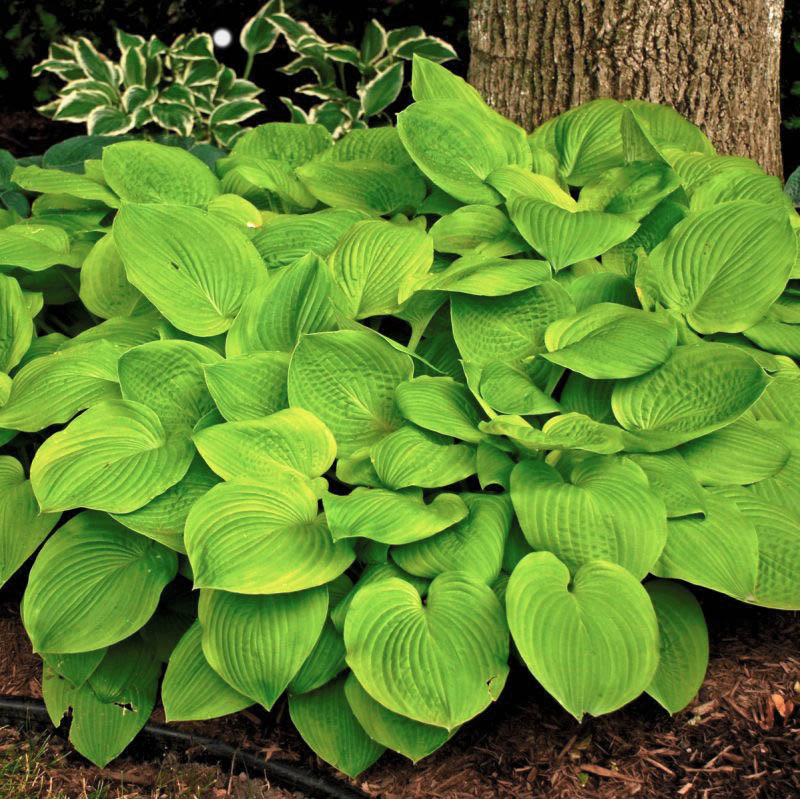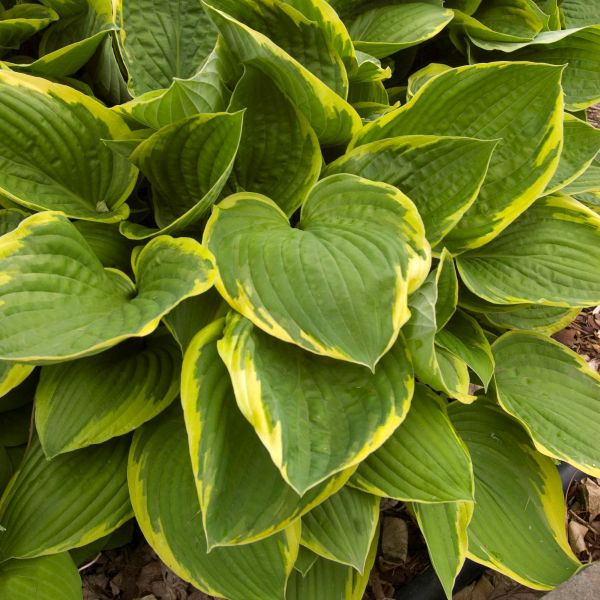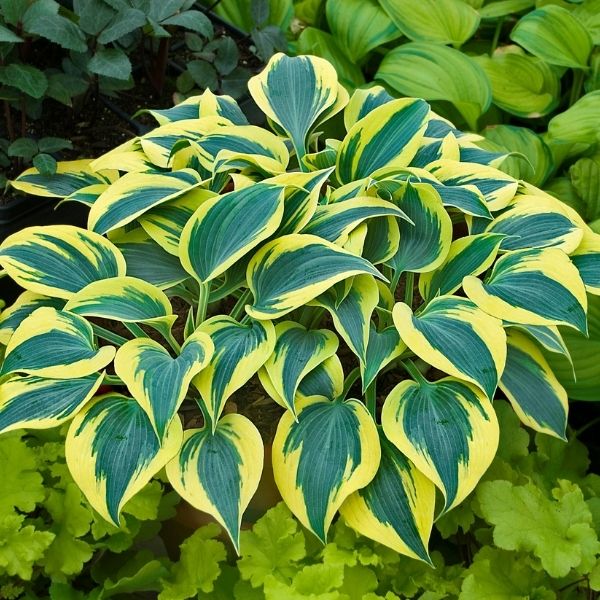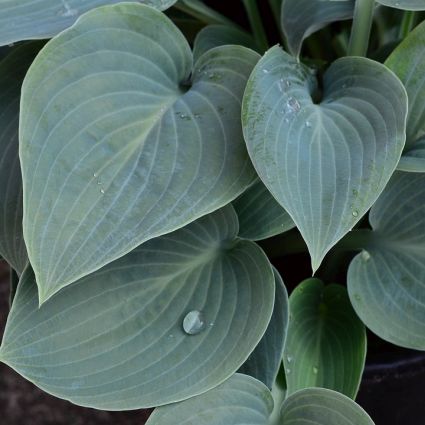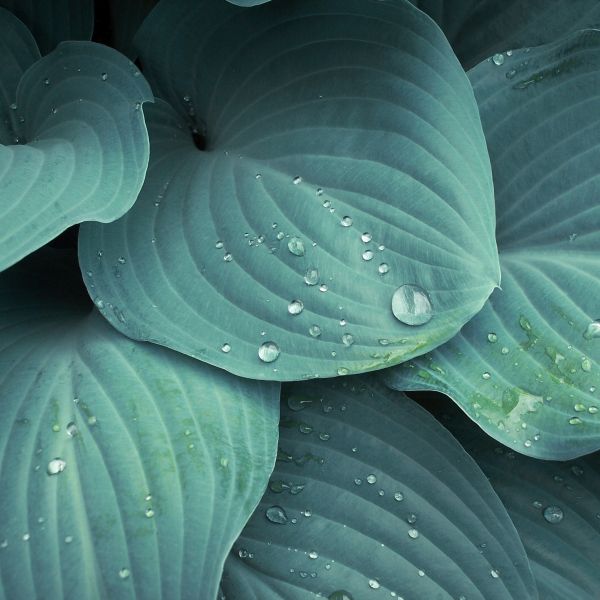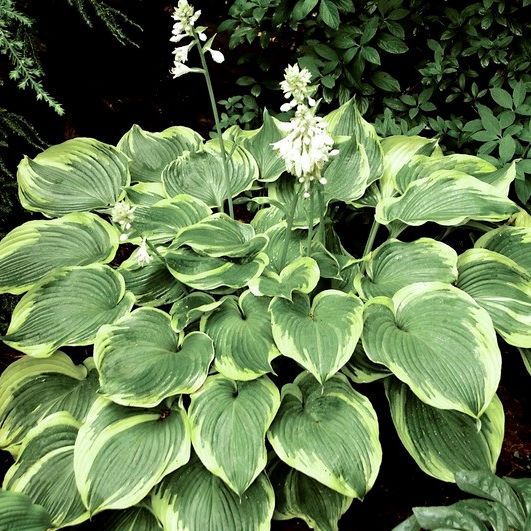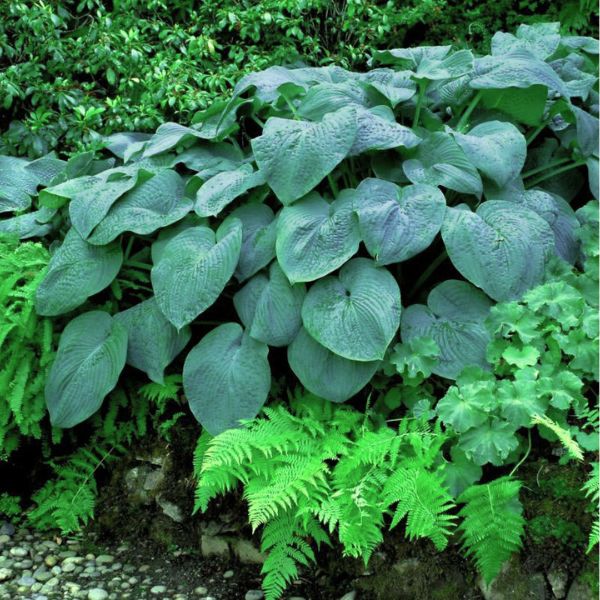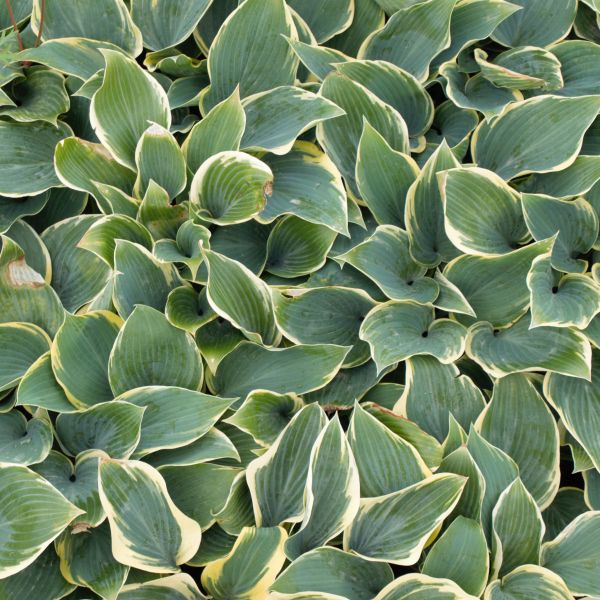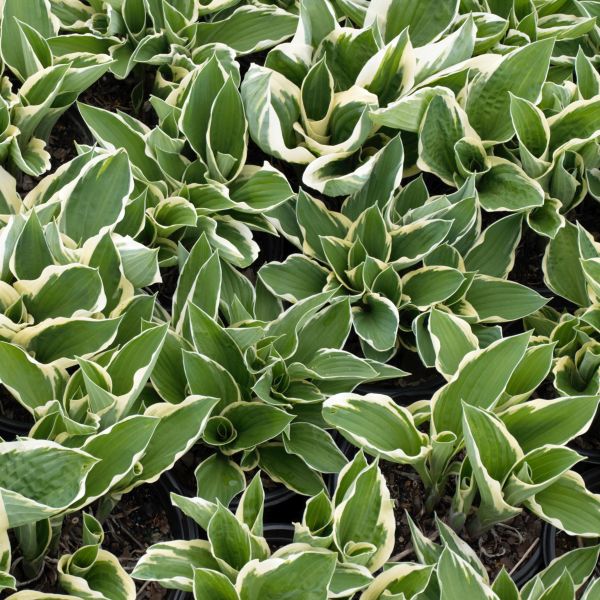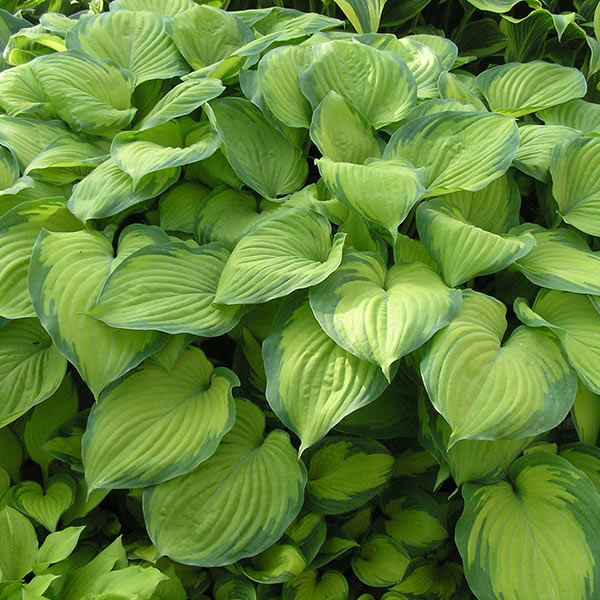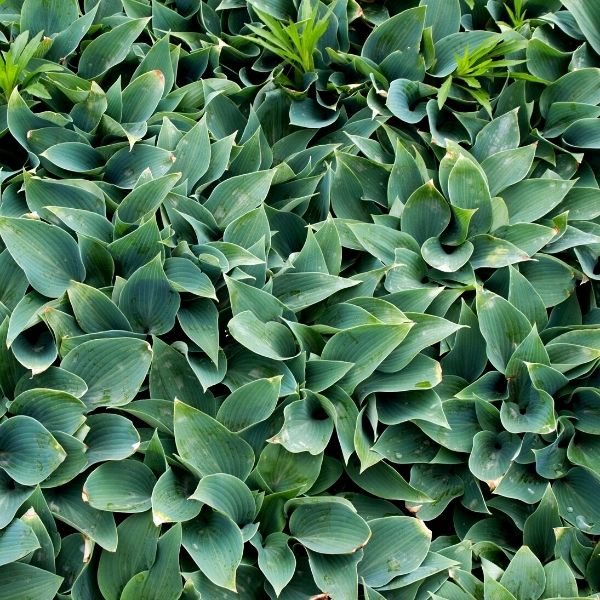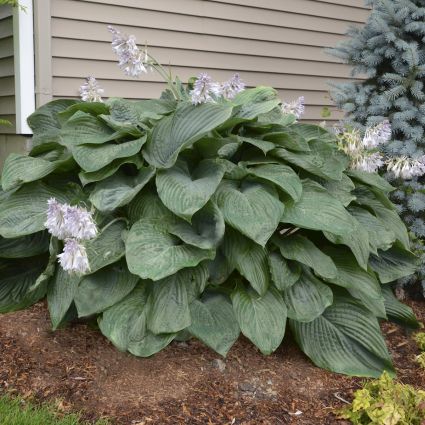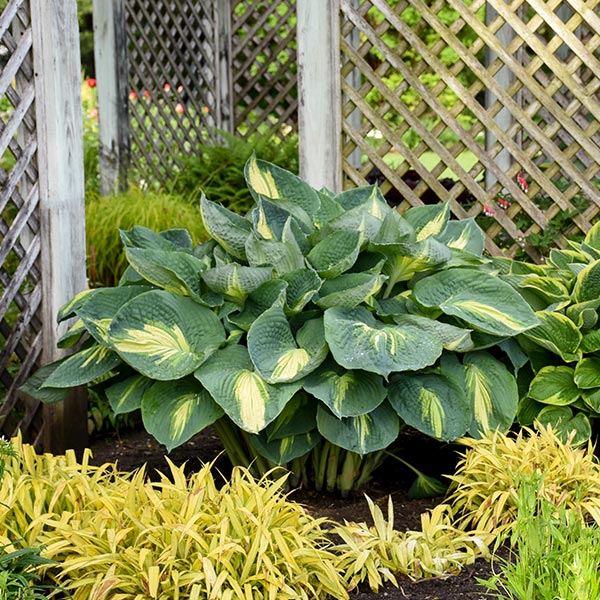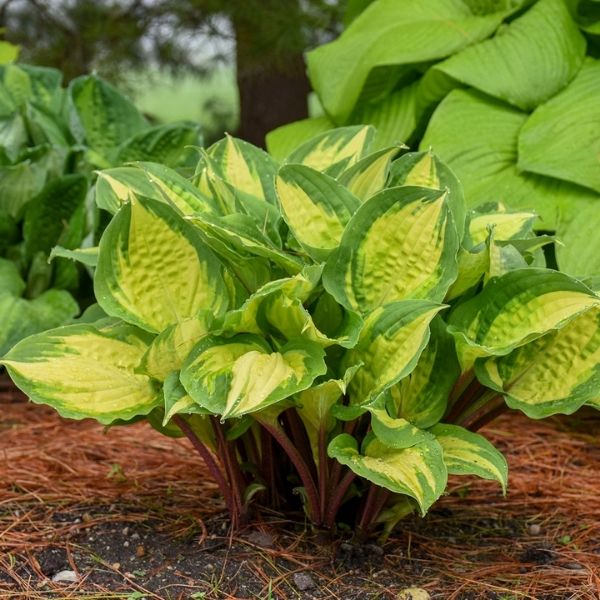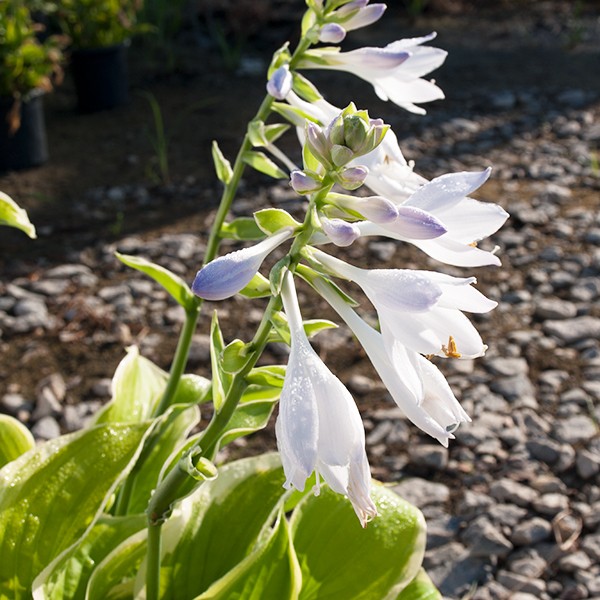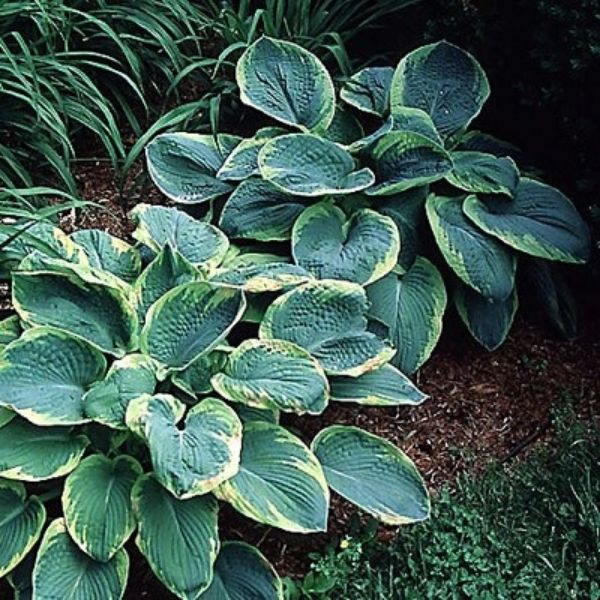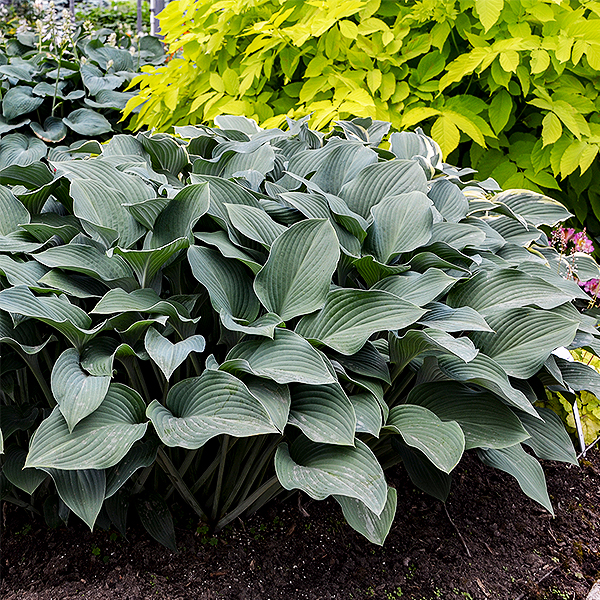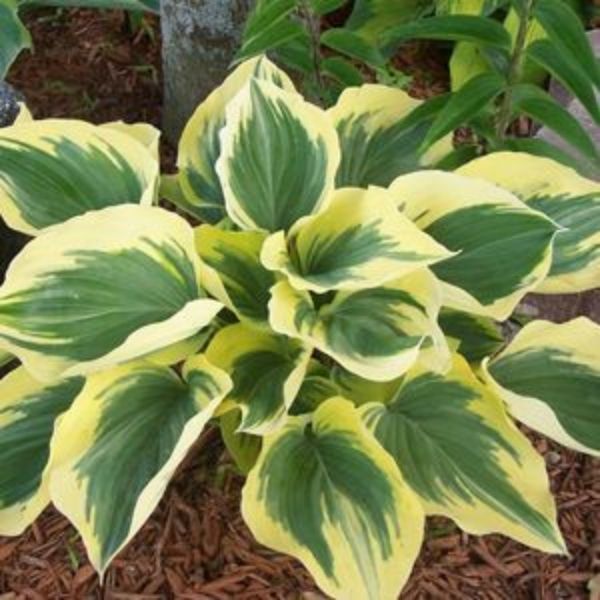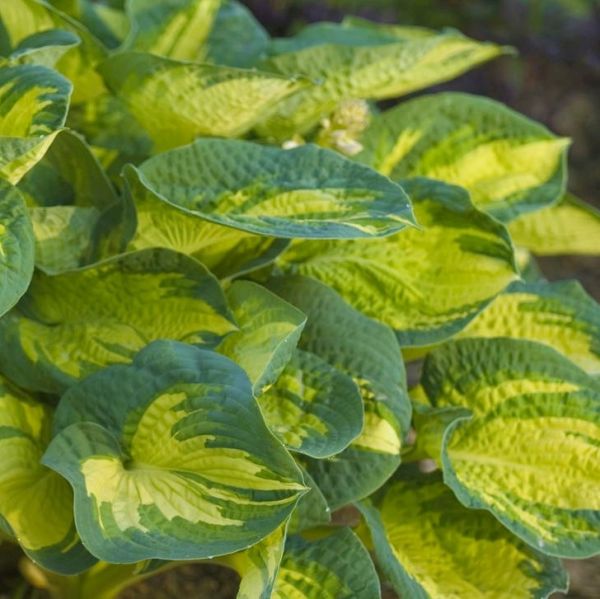
Stained Glass Hosta
Hosta 'Stained Glass'
9 reviews

Stained Glass Hosta
Hosta 'Stained Glass'
9 reviews
- Vibrant yellow and green variegated leaves
- Tolerant of various light conditions
- Easy to grow and low maintenance
- Ships to 43215 in 3 to 7 days
- Free Shipping Over $150
- Plant Arrival Guarantee
- In Stock
$48.00
$69.00
30% Off
1 Gallon
Why Stained Glass Hosta?
Stained Glass Hosta (Hosta 'Stained Glass') is a stunning perennial that adds a pop of color and texture to any garden. This variety is known for its bright yellow leaves with green margins that resemble a stained glass window. It grows up to 18 inches tall and wide, and produces lavender flowers on tall spikes in the summertime. Stained Glass Hosta is low maintenance and grows well in shade or partial shade.
People who loved this plant also bought
Sunlight
Stained Glass Hosta generally requires partial to full shade, making it tolerant of low light conditions. However, it can also handle some morning sunlight. It is important to avoid direct afternoon sun, as excessive sunlight can cause leaf scorching.
Watering
Stained Glass Hosta requires regular watering to keep the soil consistently moist. It is important to water deeply, ensuring that the roots receive adequate moisture. However, it is equally important not to overwater, as this can lead to root rot.
Fertilizing
Stained Glass Hosta plants require a balanced fertilizer with equal amounts of nitrogen, phosphorus, and potassium (NPK). A slow-release fertilizer with an NPK ratio of 10-10-10 or 14-14-14 is typically suitable. Applying the fertilizer once in the spring
Stained Glass Hosta is a medium-sized, award winner perennial. Awarded the prestigious Garden Merit of the Royal Horticultural Society and the American Hosta Growers 2006 Hosta of the Year, Stained Glass Hosta forms a thick mound of bright golden-yellow foliage with dark green margins and prominent veins and produces stunning, sun-tolerant large pale lavender flowers in summer that add grace on top of the foliage.
The fragrant flowers and hosta foliage with prominent veining are top aesthetical winners, but Stained Glass Hosta is also low maintenance and easy to grow. Growing up to 1.5 feet tall and 2.5 feet wide, it's the perfect size for either a big or small garden.
Stained Glass Hosta grows best in partial shade to full shade and loves rich, moist, well-drained soils. It's more sun tolerant than most hostas, as long as it's provided with sufficient water, and accepts most types of soils and soil ph.
Roots can rot with too much fertilizer, so best to feed with a slow-release fertilizer. It also needs adequate air circulation. Water deeply during the first growing season.
Cut flower spikes back as they finish blooming to encourage new growth and groom plants by removing yellow or dead leaves.
Hosta Stained Glass makes a perfect addition to mass planting, bed, or border mixed planting, but also stands out as a specimen plant in a shade garden. It's also great for underplanting shrubs. Order yours from Shrubhub right away and add color to that shady border!
Plant Information:
| Botanical Name: | Hosta 'Stained Glass' |
| USDA Zones: | 3-9 |
| Water: | Moderate |
| Exposure: | Full Shade |
| Soil Needs: | Well Drained |
| Mature Height: | 15 inches |
| Mature Spread: | 3 - 4 feet |








Pollination Info
Pollination Information for Stained Glass Hosta (Hosta 'Stained Glass')
Stained Glass Hosta plants rely on pollinators to produce viable seed pods. The flowers of the Stained Glass Hosta are tubular in shape and are usually lavender or white in color. The flowers emerge on long stalks that rise up above the plant's foliage in the summer months.
The most common pollinators of Stained Glass Hosta include bees, butterflies, and moths. The insects are attracted to the fragrant aroma of the flowers and the nectar produced by the plant. They transfer pollen from the male stamen to the female pistil, resulting in the formation of seed pods.
It is important to note that Stained Glass Hosta plants are primarily propagated through division rather than seed. However, allowing the plant to produce seed pods can be a fun and rewarding experience as long as you have plenty of space for new plants to grow.
By providing a healthy environment for pollinators, you can ensure that your Stained Glass Hosta plants will produce healthy seed pods and help support the local ecosystem.
FAQ
Stained Glass Hosta FAQ
What is a Stained Glass Hosta?
A Stained Glass Hosta, also known as Hosta 'Stained Glass', is a perennial plant prized for its large, heart-shaped leaves that are bright green with a yellow margin. It is a member of the Hosta genus, which is known for its shade-loving plants that are commonly used in gardens as ground cover or as accent plants.
How big does a Stained Glass Hosta get?
A mature Stained Glass Hosta can grow up to 2 feet tall and 3 feet wide. However, it usually takes several years for a Hosta to reach its full size.
What kind of soil does a Stained Glass Hosta need?
A Stained Glass Hosta prefers well-draining, moist soil that is rich in organic matter. It can tolerate a wide range of soil types, but it does best in soil that is slightly acidic (with a pH between 6.0 and 7.0).
How much sunlight does a Stained Glass Hosta need?
A Stained Glass Hosta prefers partial to full shade. It can tolerate morning sun, but it should be protected from hot afternoon sun.
When does a Stained Glass Hosta bloom?
A Stained Glass Hosta produces white or lavender flowers on tall stalks in mid to late summer.
How do I care for my Stained Glass Hosta?
A Stained Glass Hosta is a low-maintenance plant, but it does require some care to thrive. Here are some care tips:
- Water regularly, especially during hot, dry weather.
- Fertilize in early spring and again in early summer with a balanced, slow-release fertilizer.
- Remove dead or yellow leaves as soon as possible to prevent the spread of disease.
- Divide the plant every 3-5 years to prevent overcrowding and maintain its health.
Are there any pests or diseases that affect Stained Glass Hosta?
Like all Hostas, Stained Glass Hosta is susceptible to slug and snail damage. It can also be affected by foliar nematodes, which can cause whitish patches on the leaves. To prevent these problems, keep the area around the plant clean and free of debris, and use slug bait or other pest control methods as needed.
Where can I buy a Stained Glass Hosta?
A Stained Glass Hosta can be purchased at most garden centers or online plant nurseries. It is a popular variety, so it should be easy to find.
Can I propagate my Stained Glass Hosta?
Yes, a Stained Glass Hosta can be propagated by division. Simply dig up the plant in early spring or fall, separate the clumps into smaller pieces, and replant in well-prepared soil.
Planting & Care
Planting & Care for Stained Glass Hosta (Hosta 'Stained Glass')
Planting
- Choose a location with partial to full shade.
- Make sure the soil is moist and well-draining.
- Prepare a hole that is twice as wide and equally deep as the root ball.
- Loosen the soil in the hole and mix in some compost or other organic matter.
- Place the hosta in the center of the hole and backfill with soil.
- Water thoroughly to settle the soil.
Care
- Water regularly to keep the soil moist, but not waterlogged.
- Apply a slow-release fertilizer in the spring and mid-summer.
- Remove any dead or discolored leaves as needed.
- Divide the plant every 3-4 years in the spring or fall to maintain its vigor.
- Control slugs and snails with bait or traps.
- Cut back the foliage in the fall after it has died back or leave it for winter interest.
By following these planting and care tips, your Stained Glass Hosta will thrive and add a beautiful touch to your garden!
Check Out These Verified Customer Reviews:
Customer Reviews
4.7 out of 5 based on 9 reviews
Thank you! Your review has been submitted.
The shipment was prompt and the plant was securely packaged.
I've purchased from this seller before and have always been happy with my purchases.
The quality of the Stained Glass Hosta exceeded my expectations.
Item has been added to your cart.



